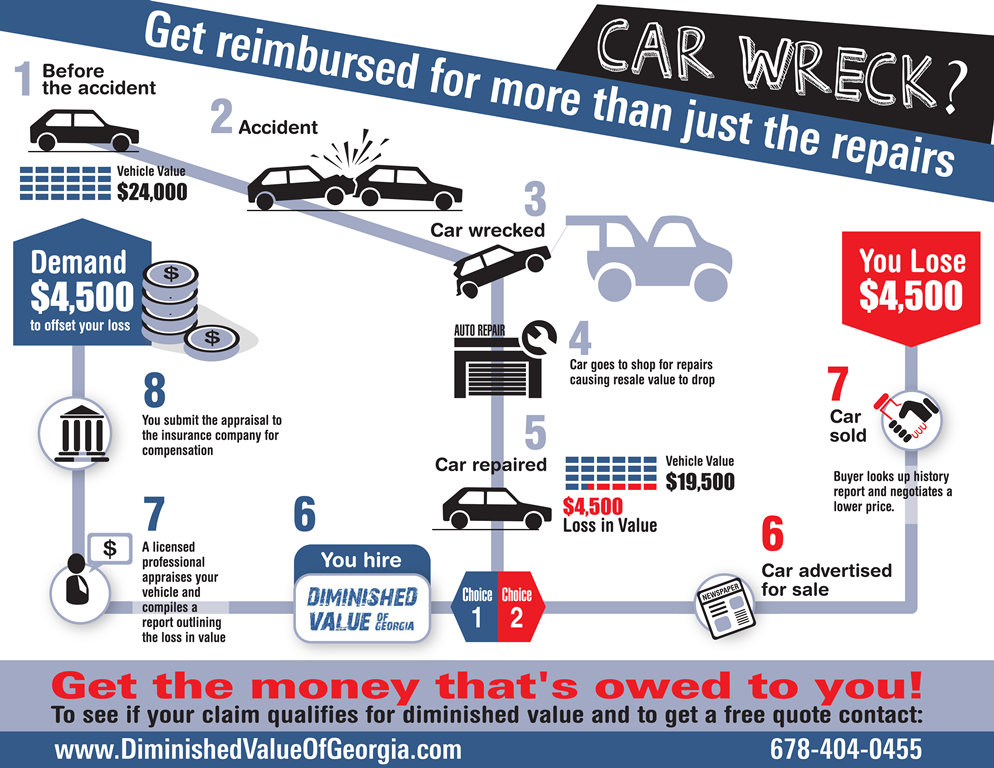Wondering Regarding The Significance Behind Those Control Panel Caution Lights? Gain Understandings Right Into Their Ramifications For Your Vehicle'S Safety And Maintenance
Wondering Regarding The Significance Behind Those Control Panel Caution Lights? Gain Understandings Right Into Their Ramifications For Your Vehicle'S Safety And Maintenance
Blog Article
Developed By-Samuelsen Winters
When you lag the wheel, those beautiful warning lights on your control panel can be a bit difficult. Do you know what they're trying to inform you about your cars and truck's health? Comprehending the relevance of these lights is vital for your safety and security and the durability of your vehicle. So, the next time one of those lights pops up, would not you want to understand its message precisely and take the necessary actions to address it?
Common Warning Lights and Interpretations
Determine common caution lights in your cars and truck and recognize their definitions to ensure safe driving.
One of the most normal caution lights include the check engine light, which signals issues with the engine or exhausts system. If this light begins, it's crucial to have your car examined promptly.
https://ecu-remapping-near-me95172.blue-blogs.com/36668382/success-chronicle-breathing-new-life-into-a-neglected-automobile-through-outlining cautioning light suggests low oil pressure, calling for prompt focus to avoid engine damage.
A flashing battery light might recommend a defective billing system, possibly leaving you stranded if not attended to.
The tire pressure surveillance system (TPMS) light signals you to low tire stress, affecting automobile stability and gas effectiveness. Ignoring this can cause unsafe driving problems.
The abdominal light shows a problem with the anti-lock braking system, jeopardizing your capacity to stop promptly in emergencies.
Lastly, the coolant temperature cautioning light warns of engine getting too hot, which can cause extreme damages if not fixed quickly.
Recognizing these usual warning lights will aid you attend to problems quickly and maintain secure driving conditions.
Importance of Prompt Interest
Comprehending the typical caution lights in your vehicle is only the primary step; the significance of promptly resolving these cautions can't be highlighted sufficient to ensure your safety and security on the road.
When a caution light illuminates on your dashboard, it's your cars and truck's means of communicating a prospective problem that needs attention. Overlooking these warnings can result in a lot more serious problems down the road, endangering your safety and potentially costing you a lot more in repairs.
Trigger focus to warning lights can stop break downs and accidents. For instance, a flashing check engine light might show a misfire that, if left ignored, can cause damage to the catalytic converter. Addressing this without delay can save you from a costly repair service.
In https://brakeservicenearme17271.blogproducer.com/36417808/seasonal-auto-outlining-tips-preparing-your-cars-and-truck-for-each-period , a brake system warning light could signify reduced brake liquid or worn brake pads, crucial parts for your security when driving.
Do It Yourself Troubleshooting Tips
If you see a warning light on your dashboard, there are a couple of DIY troubleshooting tips you can try before looking for specialist assistance.
The first step is to consult your vehicle's handbook to recognize what the particular caution light indicates. Occasionally the concern can be as simple as a loosened gas cap setting off the check engine light. Tightening the gas cap might solve the problem.
Another common problem is a reduced battery, which can cause various advising lights. Checking the battery links for corrosion and ensuring they're secure may repair the problem.
If a caution light lingers, you can try resetting it by detaching the automobile's battery for a few minutes and after that reconnecting it. In addition, inspecting your vehicle's liquid degrees, such as oil, coolant, and brake fluid, can aid troubleshoot cautioning lights associated with these systems.
you can look here
To conclude, comprehending your vehicle's caution lights is essential for maintaining your automobile running smoothly and securely. By without delay resolving these signals and recognizing what they indicate, you can avoid expensive fixings and possible breakdowns.
Remember to consult your cars and truck's handbook for specific information on each alerting light and do something about it as necessary to ensure a hassle-free driving experience.
Keep informed, remain secure when driving!
